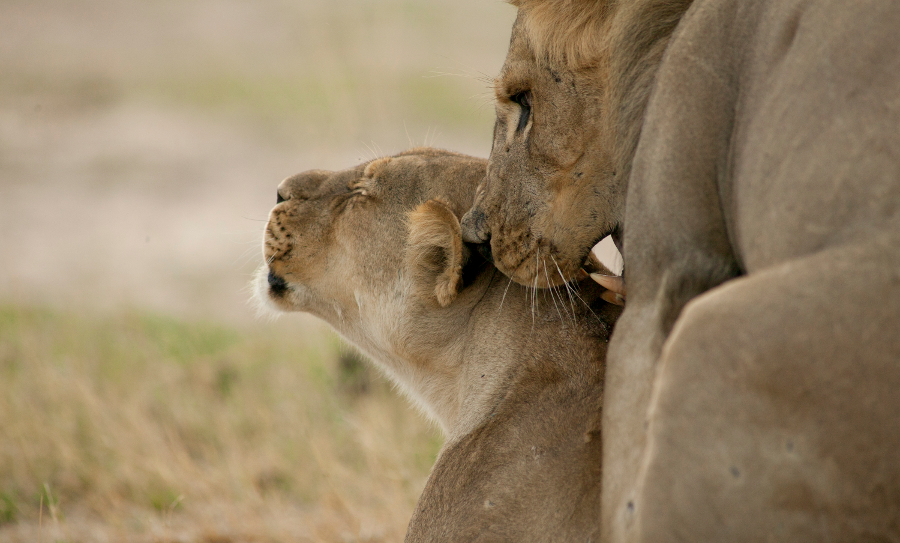News
Are Cecil’s grand offspring on the way? David Macdonald reports that a 4 and a half year old male lion, nicknamed Xanda, which the WildCRU team has monitored since his cubhood is almost certainly one of Cecil’s sons
Last week Xanda was seen mating repeatedly with lionesses from the so-called Backpans Pride – pregnancy in lions lasts about 110 days, so all being well Cecil’s grand offspring should be around in March.
Actually, as followers of our News Items will remember, while Andy Loveridge and I started the Hwange Lion Project in 1999, it was 2008 when we first tagged Cecil, already 5 years old with a satellite tag. Following that period, from 2009-2013 he was the coalition male in a pride called Backpans pride. Thereafter, ousted from that position, and palling up with a similarly ousted middle-aged male nicknamed Jericho, the two of them took over the Ngweshla pride – indeed, to those studying lion sociology, one of the most interesting things about Cecil was this second bite of the reproductive cherry in his declining years – a very unusual occurrence.
The point of the story, however, is that there are good reasons to expect that many of Cecil’s offspring are to be found amongst the current generation of lions in the Hwange-Okavango landscape. Often, we cannot be sure, without the genetic testing that we expect one day to do with our stored samples, exactly which cubs descend from a particular candidate father – the task is made more complex because all the males in a given coalition generally mate often with each of the females in their pride. However, in the case of Xanda (whose code is BACeM2 in our database) a combination of rather unusual circumstances gives ground for confidence – when he was born in May 2011 Cecil was actually the only pride male around and, aside from the possibility that he was cuckolded, is very likely Xanda’s father. How do we know Xanda all these years later – the answer is that the whisker patterns on lions’ faces are like fingerprints – each one unique to an individual. One of our field team, Jane Hunt, backs up an almost photographic memory for lion whiskers with a catalogue of photos, and she confirmed from our archive that the facial whisker patterns of that cub of Cecil’s in 2011 are exactly the same as those of Xanda, photographed mid-mating last week.

Xanda mating with a pride lionness
The real point of this story is not just the pleasure we might all take in thinking of Cecil’s lineage continuing, but more especially the illustration of the power of long-term studies in animal ecology. We have worked tirelessly for over 16 years to document the lives of these lions, in order better to understand their biology and thereby better to inform and plan their conservation. For animals that live for many years, it takes many years to build up a picture of their lives, giving us now the capacity to follow the fates of lineages through the population.







